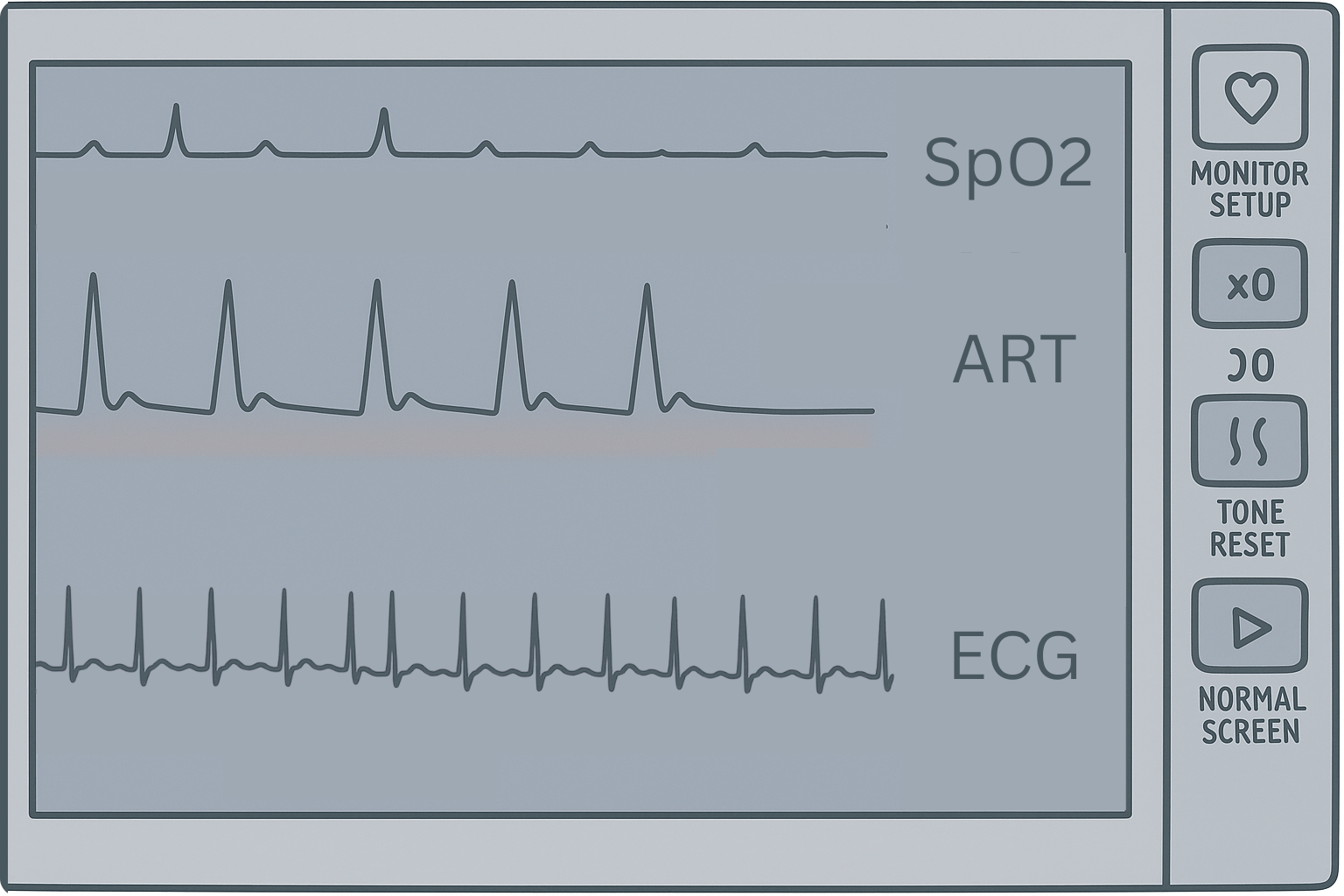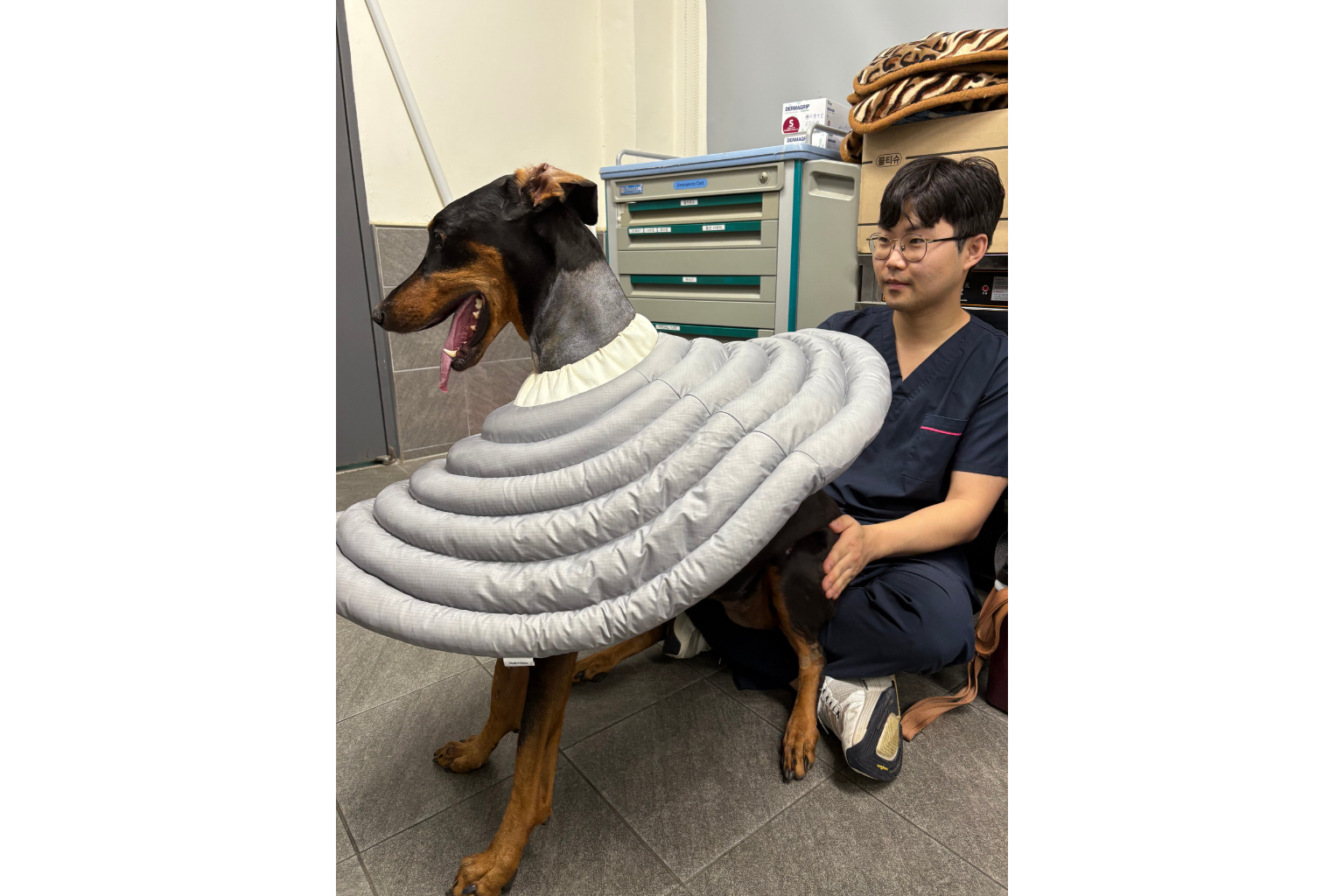Mitigating Anesthetic Risk in High-Risk Feline Breeds with ECG and NT-proBNP

Estimated reading time: 3.85 minutes
A concerning trend is emerging in some small animal practices: after experiencing an unexpected anesthetic death in a breed like a British Shorthair, Ragdoll, or Maine Coon, the understandable reaction is to simply stop offering surgery for these cats. While this approach eliminates the immediate risk, it also prevents these pets from receiving essential care.
The underlying issue is often undiagnosed subclinical heart disease, specifically Hypertrophic Cardiomyopathy (HCM). HCM is a silent threat; a cat can have significant structural disease and still present as completely normal on physical exam. The stress of anesthesia can unmask this condition, leading to tragic outcomes.
The solution is not to avoid surgery but to adopt a more robust, evidence-based pre-anesthetic screening protocol. Combining an AI-powered ECG (like CardioBird) with a blood-based biomarker (NT-proBNP) creates a powerful, efficient, and highly effective safety net for your feline patients.
The Two-Pillar Screening Approach: ECG and NT-proBNP
These two tests are complementary because they assess the heart in two different but crucial ways: electrical function and structural stress.
- The Electrocardiogram (ECG): Assessing the Electrical Rhythm
-
- What it measures: The ECG provides a real-time snapshot of the heart’s electrical activity. It detects arrhythmias (irregular heartbeats) like atrial fibrillation, frequent ventricular premature complexes (VPCs), or conduction abnormalities.
- Why it’s critical: Anesthesia can exacerbate underlying arrhythmias, leading to dangerously high or low heart rates and poor cardiac output, which can be fatal. An ECG is the only way to definitively diagnose these rhythm disturbances.
- The CardioBird Advantage: Traditional ECG interpretation can be daunting. Our AI-powered service provides a precise, specialist-level analysis within minutes. It’s a rapid, non-invasive test that seamlessly integrates into your pre-surgical prep, giving you an expert second opinion on cardiac rhythm before you ever induce anesthesia.
- NT-proBNP: Measuring Wall Stress
-
- What it measures: NT-proBNP is a peptide released into the bloodstream when the heart muscle walls are stretched due to pressure overload or volume expansion—hallmarks of conditions like HCM.
- Why it’s critical: This test acts as a biochemical “smoke detector.” It can identify structural heart disease long before a murmur is audible or changes are visible on radiographs. A significantly elevated NT-proBNP level is a major red flag indicating a heart under significant stress.
- The Practical Advantage: This is a simple blood test that can be run in-house or sent out with standard pre-anesthetic bloodwork. It quantifies the risk that might otherwise be invisible.
Why They Are the Perfect Screening Combo
Using either test alone has limitations. Used together, they create a comprehensive picture.
- An ECG can be normal in a cat with early HCM that hasn’t yet caused an arrhythmia.
- NT-proBNP can be normal in a cat with a primary electrical disorder (e.g., a rhythm disturbance) that hasn’t yet caused significant chamber stretch.
By using both, you cover both bases:
- Elevated NT-proBNP + Normal ECG: Suggests structural disease (e.g., HCM). The next step is an echocardiogram to confirm and characterize the disease. You can then adjust your anesthetic protocol and alert the owner.
- Normal NT-proBNP + Abnormal ECG: Suggests a primary electrical abnormality. You can investigate the cause of the arrhythmia and choose anesthetic drugs that are less likely to provoke it.
- Elevated NT-proBNP + Abnormal ECG: A strong indicator of significant underlying heart disease that requires thorough investigation and a highly tailored anesthetic plan or referral.
- Normal NT-proBNP + Normal ECG: Provides tremendous confidence that the patient’s heart is low-risk for a routine anesthetic procedure.
Your Practical Pre-Anesthetic Protocol for High-Risk Breeds
Integrating this duo into your clinic’s workflow is straightforward:
- Identify At-Risk Patients: Any brachycephalic or breed predisposed to HCM (e.g., British Shorthair, Persian, Sphynx, Ragdoll, Maine Coon) scheduled for anesthesia should be flagged for enhanced screening.
- Run the Tests: During your pre-anesthetic workup, collect blood for NT-proBNP and perform a CardioBird ECG. Both can be done with minimal stress to the patient.
- Triage and Act: Use the results as a guide:
- All normal? Proceed with confidence.
- Any abnormality? Pause the elective procedure. Discuss the findings with the owner and recommend further cardiac workup, typically an echocardiogram.
A Proactive Standard of Care
Adopting the ECG + NT-proBNP combo moves your practice from a reactive stance (stopping services after a negative event) to a proactive approach. This efficient, evidence-based protocol significantly reduces unforeseen anesthetic risks, enhances patient safety, builds client trust, and allows you to provide care for all breeds with greater confidence.
Ready to implement this protocol? Your CardioBird platform is the perfect starting point. Combine it with an NT-proBNP test for a complete pre-anesthetic cardiac picture.


